Case 2
- Poetry 2
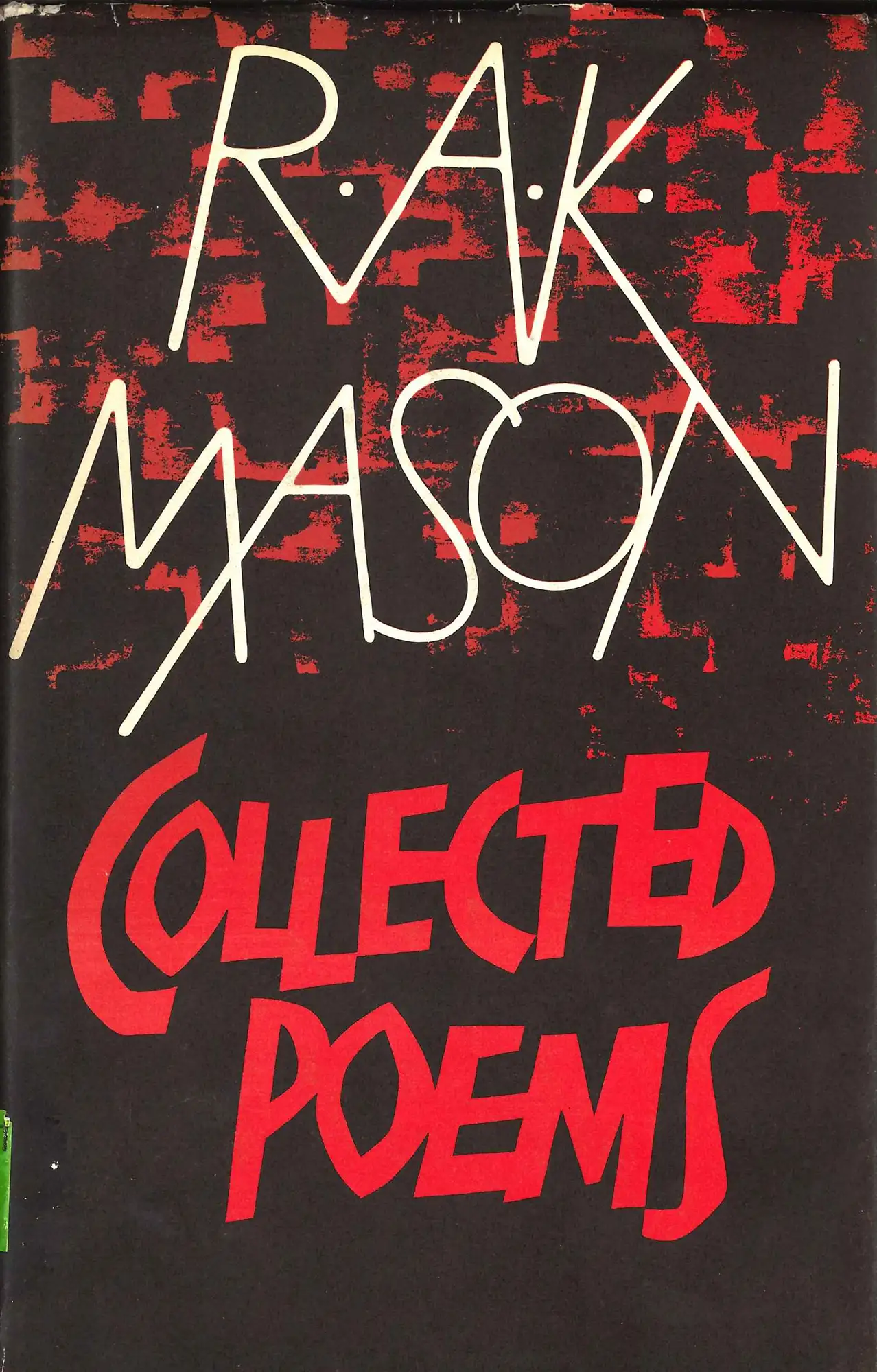
R.A.K. Mason. Collected poems. Christchurch: Pegasus Press, 1962.
Ronald Allison Kells Mason (1905-71) is described in Allen Curnow’s introduction as “his country’s first wholly original, unmistakably gifted poet”. His early poems date from the 1920s, so this definitive collection, published in 1962, introduced his work to a new generation of readers.
The characteristically dark, robust jacket design is by Netherlands-born Jacob Koster (1927-2021) who emigrated to New Zealand in 1951. This cover is an example of his use of cardboard dipped in paint to create richly textured background patterns.
--Hamish Thompson. Coverup: the art of the book cover in New Zealand. Auckland: Godwit, 2007.
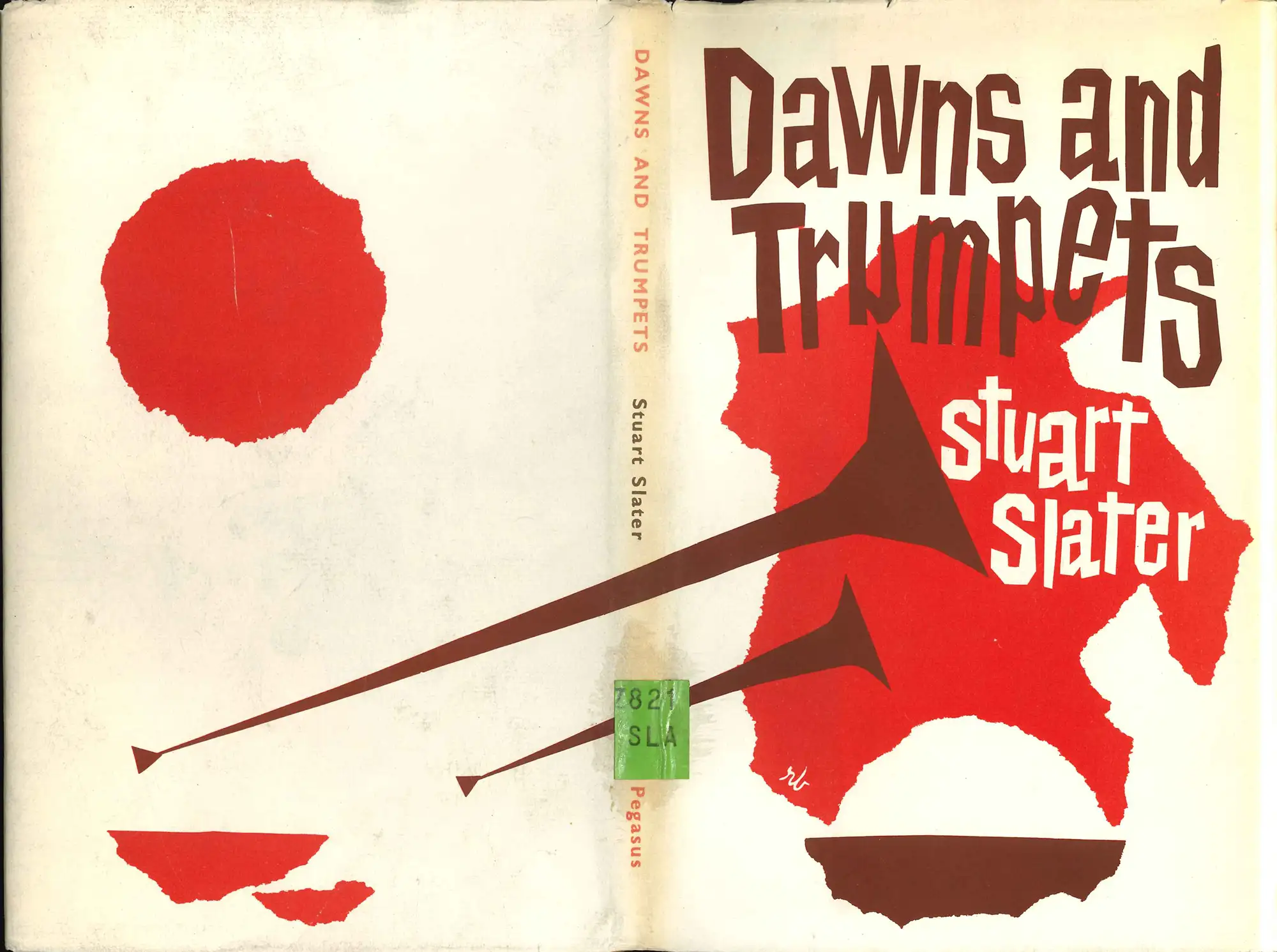
Stuart Slater. Dawns & trumpets. Christchurch: Pegasus Press, 1962.
One of an emerging generation of New Zealand poets in the early sixties, Stuart Slater (1934-) was born in Invercargill and educated at the University of Otago.
The jacket design is by Robert Brett (1915-1995), who was a dapper, British-born self-taught artist, calligrapher, and cartoonist. His artwork adorns the covers of several Pegasus Press and Caxton Press publications, and a distinguishing feature of his style is the use of evocative, hand-drawn letters.
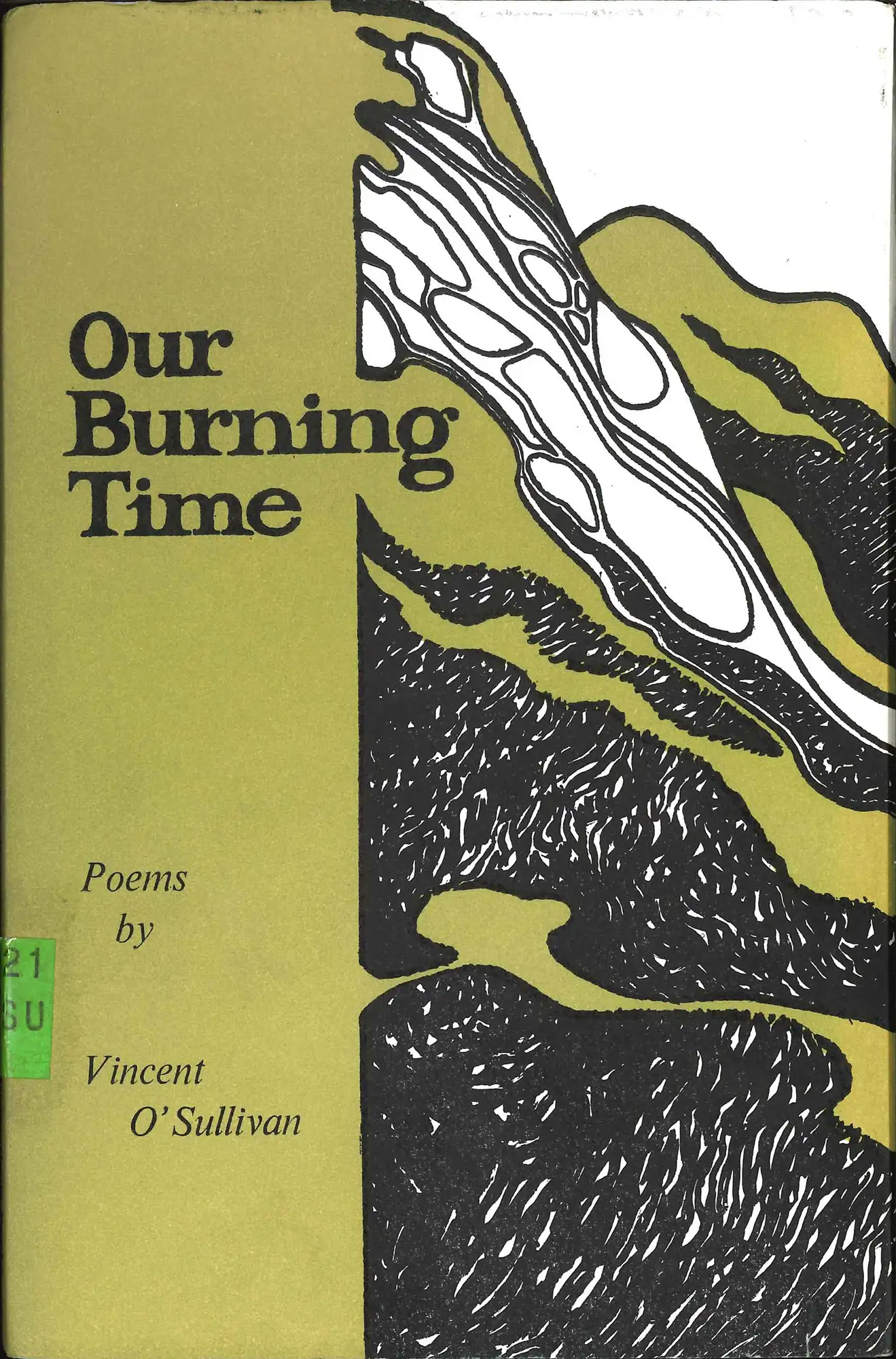
Vincent O’Sullivan. Our burning time. Wellington: Prometheus Books, 1965.
Our burning time is the first collection of verse by prolific Auckland-born, Dunedin writer Vincent O’Sullivan (1937-). The cover design is by Don Binney (1940-2012), a New Zealand painter best known for his paintings of native birds.
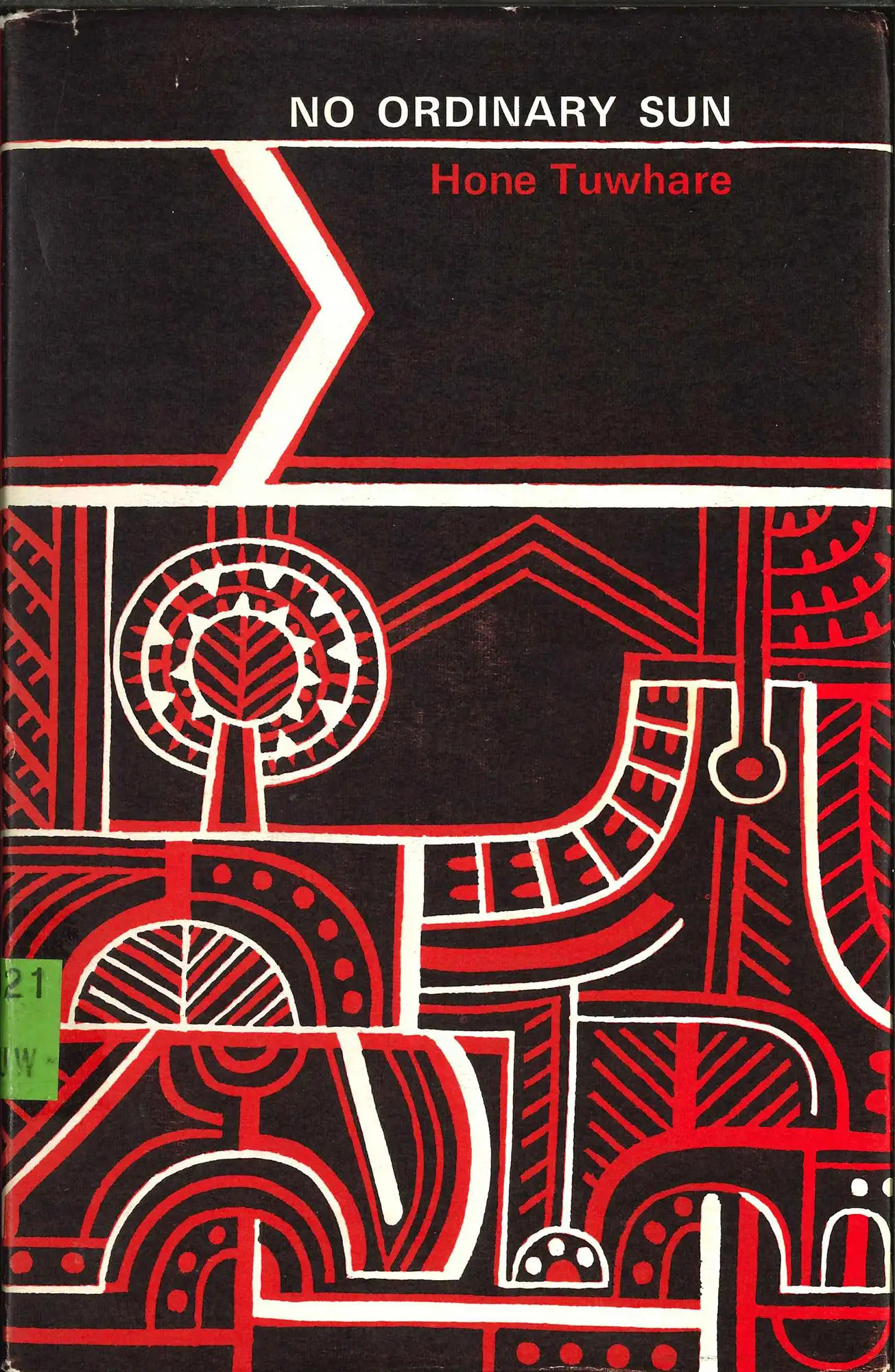
Hone Tuwhare. No ordinary sun. Auckland: Longman Paul, 1969.
No ordinary sun was the first collection of poems by Hone Tuwhare (1922-2008), first published by Blackwood and Janet Paul in 1964 in an edition of 700 copies, which quickly sold out. This is a 1969 hardback edition with dust jacket designed by Para Matchitt (1933-2021), whose artwork often combined traditional Māori art forms with those of modernist art.
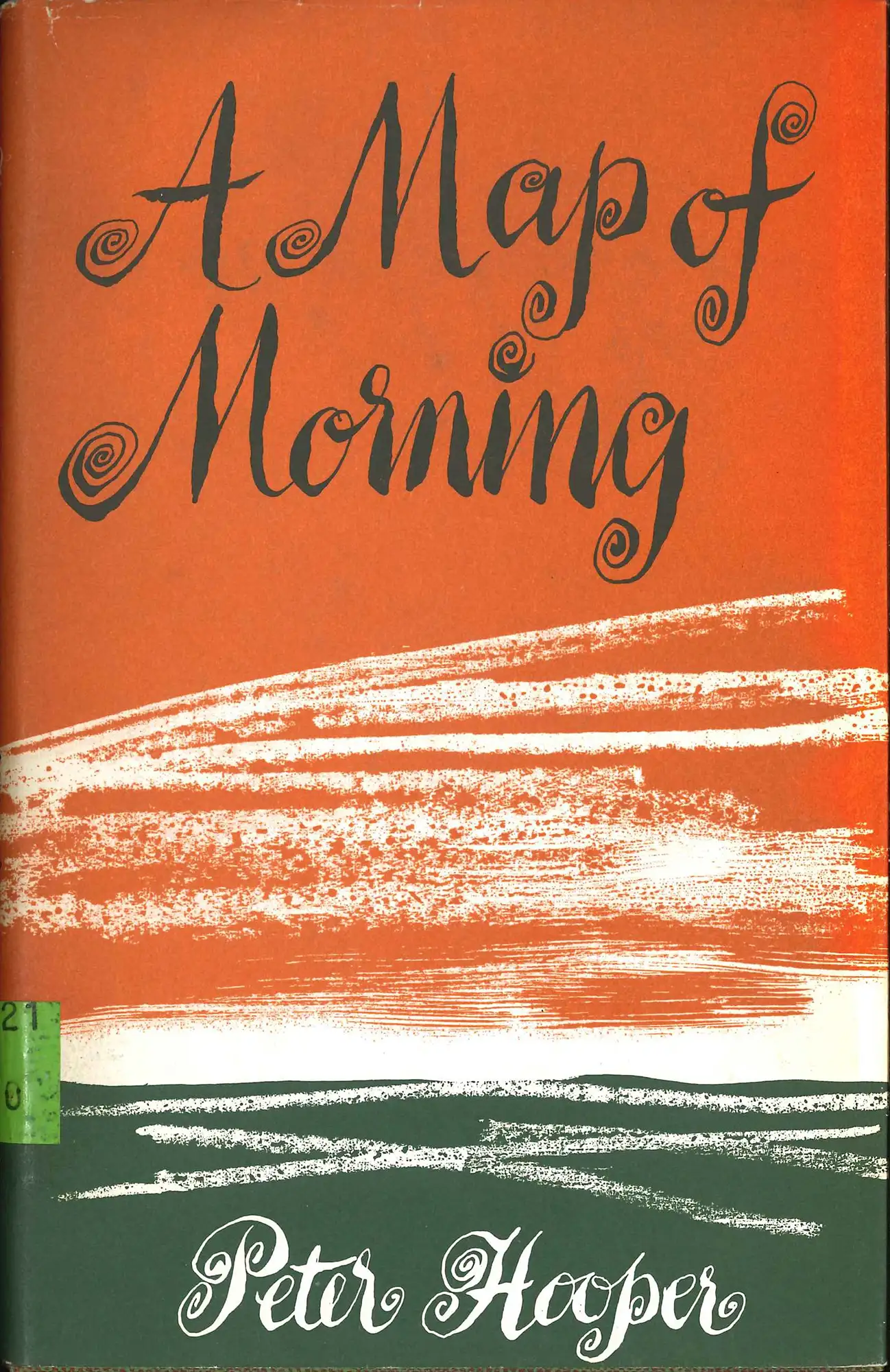
Peter Hooper. A map of morning and other poems. Christchurch: Pegasus Press, 1964.
A map of morning is the first collection of verse by Peter Hooper (1919-1991), a London-born West Coast writer whose poems were used in a number of artworks by Colin McCahon. The jacket design is by Robert Brett (1915-1995), known for his willingness to experiment with hand-drawn lettering, in this instance, with an elegant serif script.
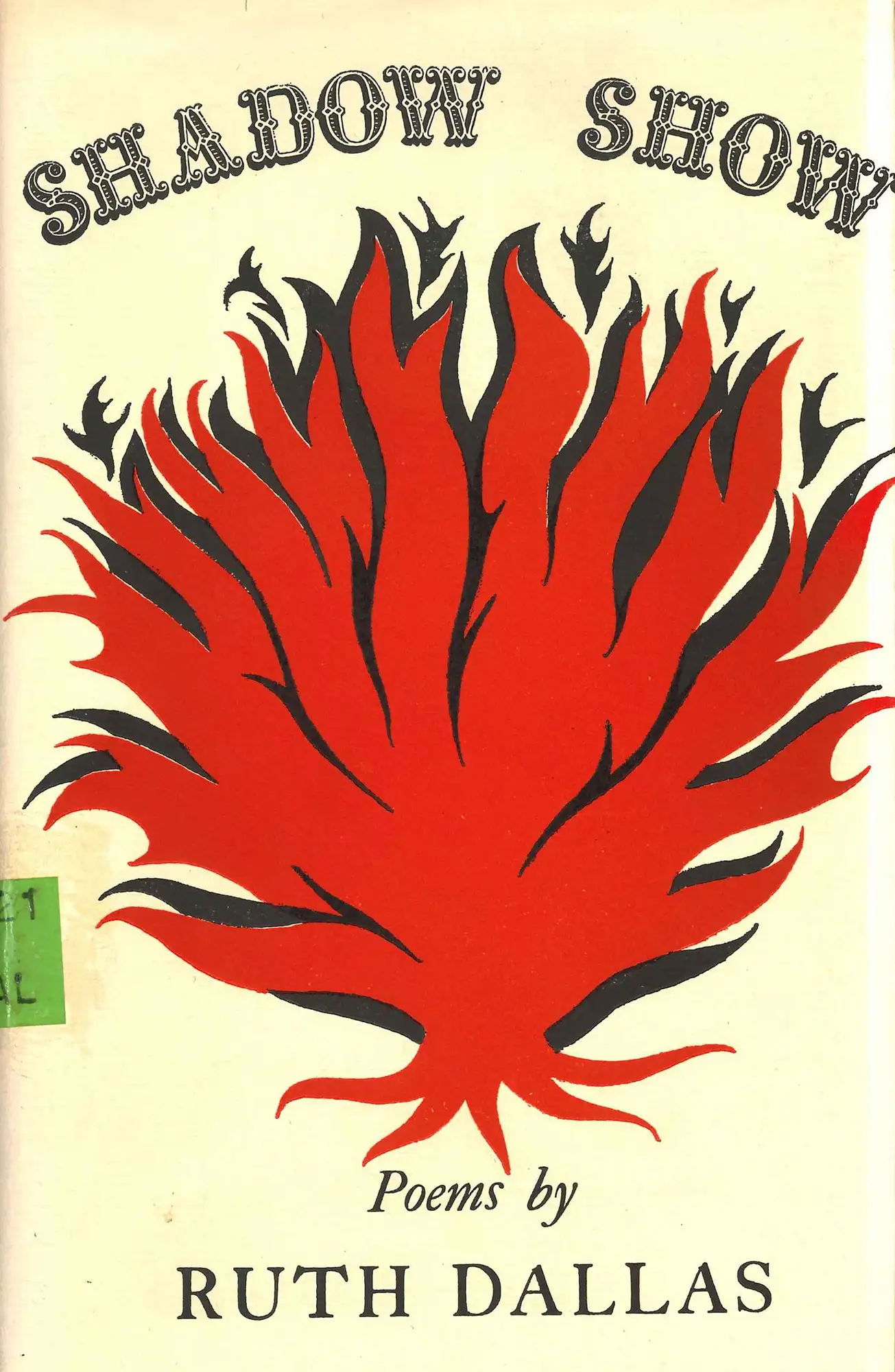
Ruth Dallas. Shadow show. Christchurch: Caxton Press, 1968.
Shadow show is a collection of poems by Ruth Dallas (1919-2008) published by The Caxton Press during her Burns Fellowship at the University of Otago in 1968. For the cover of Dallas’ volume, Leo Bensemann used an image, ubiquitous in his graphic work, of forked flames.





